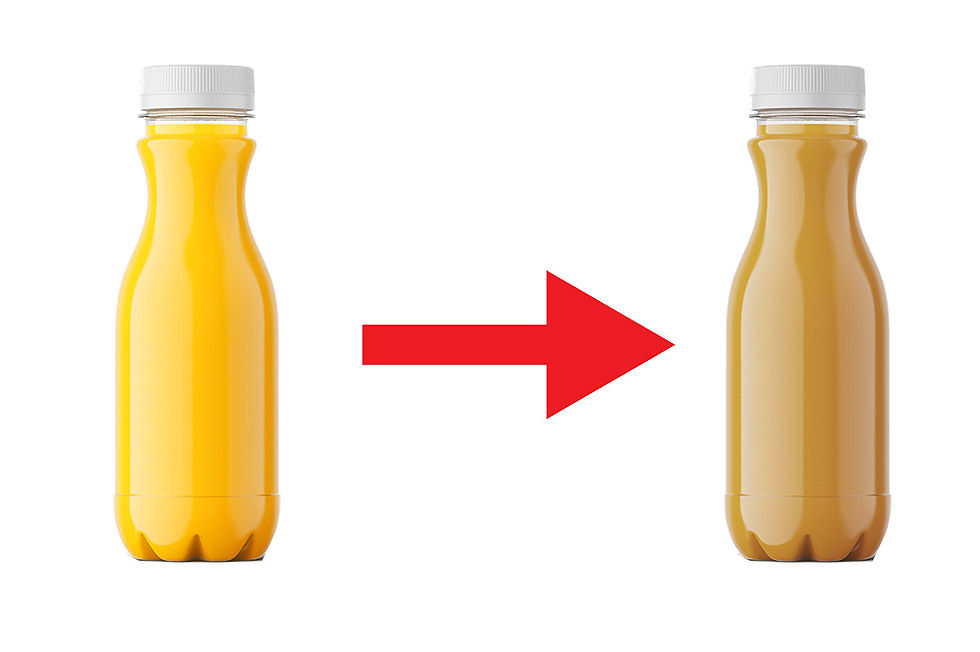Sterilizing Lab Equipment
- Micro Thermics
- Jun 3, 2024
- 2 min read

In the world of laboratories, maintaining a sterile environment is paramount. From ensuring accurate results to protecting researchers from harmful pathogens, proper sterilization lab equipment is a crucial practice. But with various tools and techniques available, it can be confusing to know which method is best for the job.
Fear not, fellow lab enthusiasts! This blog will delve into the most common sterilization methods used in laboratories, helping you choose the right approach for your specific needs.
The All-Star: Autoclaving
For many labs, autoclaving reigns supreme. This method utilizes pressurized steam to achieve scorching temperatures, effectively eliminating all microbes, spores, and viruses. Autoclaves are ideal for sterilizing a wide range of equipment, from glassware and flasks to growth media and utensils. Their effectiveness and ability to penetrate porous materials make them a go-to choice.
Dry Heat: The Alternative for Heat-Sensitive Items
Not everything can withstand the intense heat of an autoclave. For heat-sensitive materials like powders, oils, and certain instruments, dry heat sterilization steps in. This method involves using a hot air oven to reach temperatures that kill microorganisms. While not as universally applicable as autoclaving, dry heat is a valuable tool for specific sterilization needs.
Filtration: A Non-Heat Option
For liquids or gases that would be compromised by heat, filtration offers a sterile solution. By passing the solution through a membrane with pores too small for microbes to pass through, filtration effectively removes contaminants. This technique is particularly useful for sterilizing culture media or preparing buffers.
Chemical Soldiers: Disinfectants and Alcohols
While not a true sterilization method (meaning they may not eliminate all spores), disinfectants and alcohols like ethanol and isopropanol are valuable tools for surface decontamination. They are commonly used to clean lab benches, wipe down equipment, and disinfect non-critical items.
Beyond the Bench: Radiation's Sterilizing Power
For certain applications, even more potent sterilization methods exist. Radiation, using ultraviolet (UV) rays, X-rays, or gamma rays, can be used to sterilize items that cannot tolerate heat or chemicals. However, due to safety concerns and the specialized equipment involved, radiation sterilization is typically used in specific settings.
Choosing the Right Method
When selecting a sterilization method, consider these factors:
The type of equipment or material being sterilized
The nature of the contaminants you need to eliminate
Heat tolerance of the materials involved
Safety First!
Always follow proper safety protocols when handling sterilized equipment and disposing of biohazardous materials. Consult your lab's safety guidelines and wear appropriate personal protective equipment (PPE) when necessary.
By understanding these sterilization methods and choosing the right approach for your needs, you can ensure a clean and safe environment in your laboratory, promoting accurate research and protecting everyone involved.

Comments